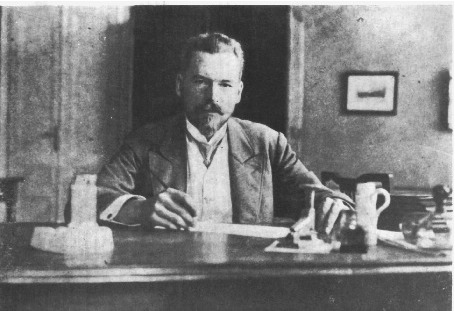Speaker
Description
The celebrated ``standard'' $q$-state (color) Potts model, where the ferromagnetic interaction is between nearest-neighboring spins on the square lattice, is known to change its temperature-driven phase transition, from continuous to discontinuous, at some critical integer $q_c = 4$ [1,2,3]. Renormalization group theory suggests that this result should hold for other lattices or interaction content, provided that the interaction is local. There are, however, counterexamples of models with a local interaction and $q_c < 4$ [4,5].
We [6] present a new and general hybrid Potts scheme (HPS) where $q_c$ can be manipulated, by introducing inhomogeneity to the system. More precisely, spins are chosen at random with probabilities $p$ and $1 − p$, to be colored in $q_0$ and $q$ colors, respectively, where $q_0 \leq q_c < q$. We show that, when HPS is applied to the standard model, for any allowed setup of spin numbers $q_0, q$ there is a concentration $p^\ast$ where the transition type of the model is changed.
Independently, a mean-field-like interaction HPS is studied. It is shown that $p^\ast$ exists for this HPS. Exact expressions for the second order critical line in concentration-temperature parameter space, together with some other related critical properties, are derived.
[1] R.J. Baxter, $\textit{J. Phys. C: Solid State Phys.}$ $\textbf{6}$, (1973).
[2] H. Duminil-Copin, V. Sidoravicius and V. Tassion, $\textit{Commun. Math. Phys.}$ $\textbf{349}$, (2016).
[3] H. Duminil-Copin, N. Gagnebin, M. Harel, I. Manolescu and V. Tassion, $\textit{arXiv:1611.09877}$, (2016).
[4] R. Tamura, S. Tanaka and M. Kawashima, $\textit{Prog. Theor. Phys.}$ $\textbf{124}$, (2010).
[5] N. Schreiber, R. Cohen, S. Haber, G. Amir and B. Barzel, $\textit{Phys. Rev. E}$ $\textbf{100}$, (2019).
[6] N. Schreiber, R. Cohen, G. Amir and S. Haber, $\textit{J. Stat. Mech.}$ $\textbf{2022}$, (2022).

